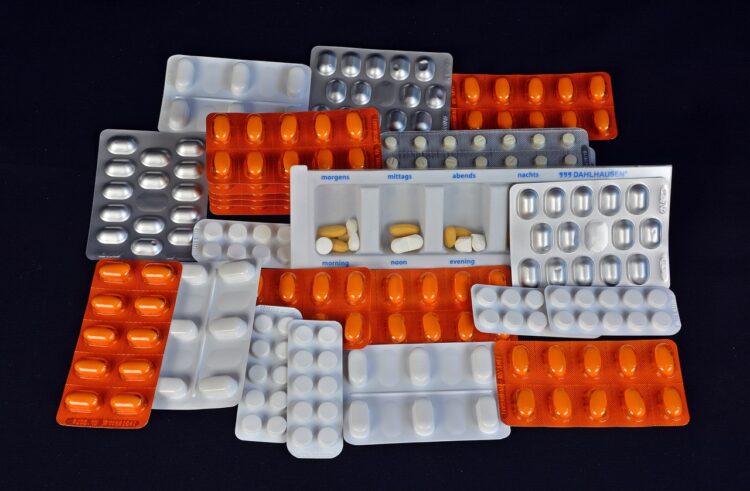
Croatia is currently faced with a shortage of antibiotics that are most often prescribed, such as klavocin, which presents a problem during the flu season due to bacterial complications, but the situation is not significantly different than in previous years.
Currently, Croatia is running low on pediatric formulations of antibiotics, which is a big problem for paediatricians and parents in the cold and flu season, when bacterial complications are common and antibiotic consumption is higher, according to the head of the Croatian Chamber of Pharmacists, Ana Soldo.
An additional problem is the shortage of penicillin antibiotics, which are widely used, so paediatricians have to prescribe therapies that are normally used as backup antibiotics, Soldo said in an interview with Hina.
“We do not have enough amoxicillin syrup and klavocin on the market, occasionally some smaller quantities arrive, but for almost a year there has been a constant problem with klavocin. This is a consequence of the globalisation of production because the production plant in India had problems with product quality, so in the end all manufacturers had problems with klavocin”.
The Agency for Medical Products and Medical Devices (HALMED) announced that the normal distribution of klavocin should resume in April. Certain quantities of the drug were announced by other manufacturers for the next week, but after that shortages are likely to happen again, Soldo said..
There is no shortage of drugs for patients with serious diagnoses, namely oncology and transplant patients, while they are some shortages in therapies for chronic patients, namely medicines for blood pressure and cholesterol medications, which are the most prescribed and the most consumed, but these medications have a large number of alternatives.
Drug shortages also prompted the European Commission to take steps to return drug production to European soil and thus ensure independence from third countries.
“Globalisation has led to the fact that most of the active substances are produced in China, India and some third world countries. We are talking about a small number of factories that produce active substances for some medicines and if a problem occurs in one of them, then the whole world is left without that medicine,” Soldo said.
However, shortages are also the cause of the trend of lowering drug prices, so the drug is often withdrawn from the market due to the economic unprofitability of its production, she added.
